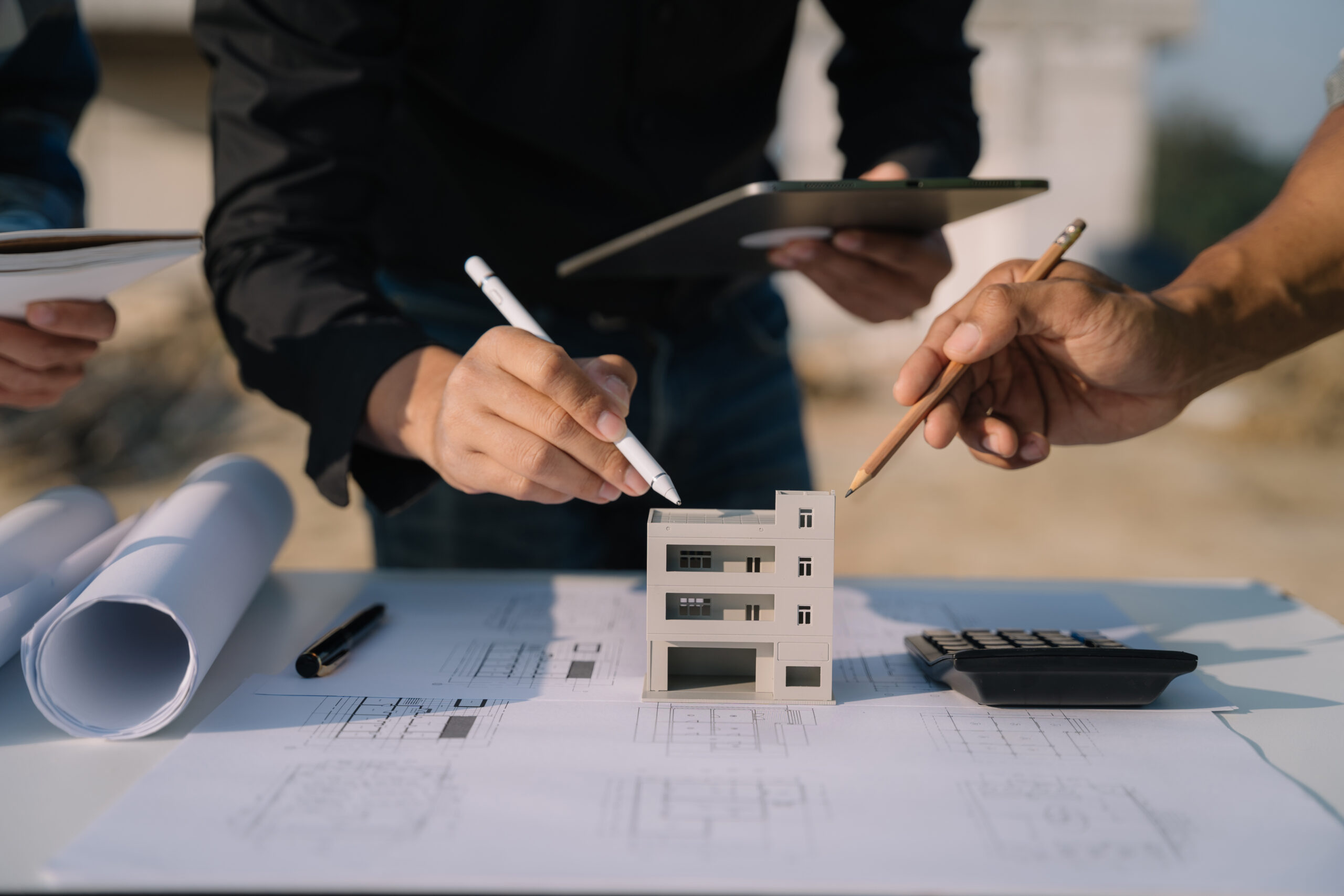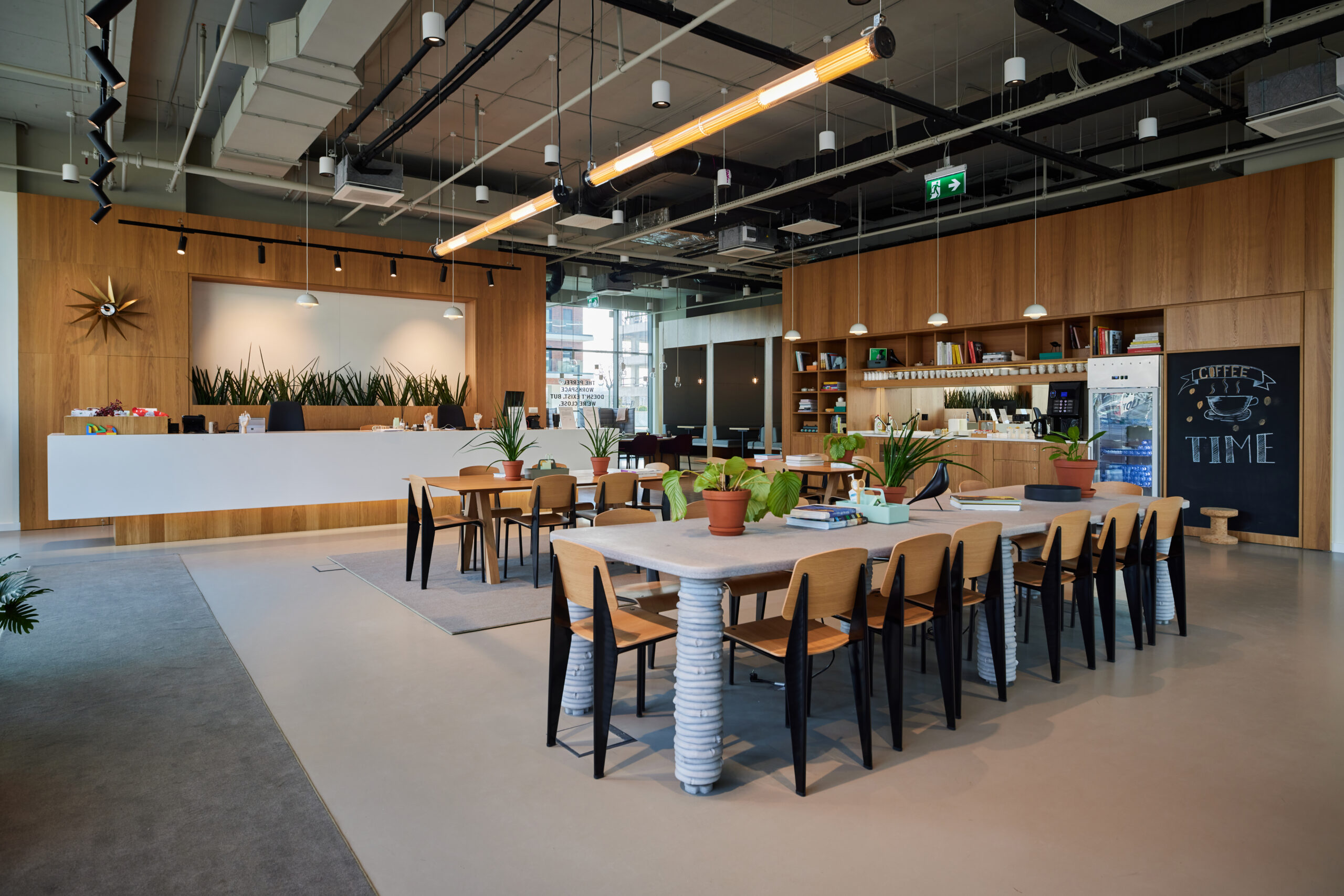How do you calculate commercial square footage?
Accurately calculating the square footage of commercial buildings is not easy. Too much space being leased can end up leading to excessive rent and unused spaces, causing both the renter and the property owner to suffer financial losses. Likewise, bad space distribution can be very detrimental to any business’s daily operations.
How much area do you really need for a commercial space?
The amount of area a commercial space needs to be efficient depends on the size of a company’s operations and the type of commercial property it represents.
Commercial buildings fall into five categories:
- Retail spaces: shops, supermarkets, department stores, etc.
- Industrial spaces: factories and warehouses.
- Leisure spaces: hotels, bars, restaurants, cafes and gyms.
- Healthcare facilities: hospitals, medical centers, nursing homes.
- Office spaces
How to calculate commercial square footage
To accurately calculate commercial square footage, one must perform a detailed measurement of all areas of the building. The final worth of a commercial space might not depend only on its usable square feet, but also on the perceived value of common areas and other features of a building. We recommend taking the following steps to calculate the square footage of your commercial space.
Determine your needs
Understanding the basic concepts that separate different types of commercial spaces may not be complicated. Regardless, many business owners often fail to notice certain details that can hinder their chances of maximizing their commercial space’s profitability.
Things that may seem insignificant at first glance, like the positioning of hallways in an office building or machinery on a factory floor, can be very detrimental to the overall efficiency of daily operations. Hiring construction experts who understand the specific needs of every type of commercial building, can help your business or organization get the most out of its commercial space.
4 reasons to have experts in commercial design and architecture for your offices
How much space do you need per employee?
From retail spaces to office buildings, all types of businesses must designate space for their employees to work. However, how much space is needed depends on the particular needs of a business. The following questions may help you understand how much usable space should go towards accommodating your workforce:
How many employees do you have working at any given time?
Because not all your employees will be working at the same time, you only have to plan for those who will usually be present at the relevant moment. Even if a restaurant franchise location has 10 or more employees working there, it is highly unlikely that all of them will be there on a constant basis.
Are there any tasks bound to a specific place that require employees to have ample space?
Certain tasks require a lot of space to be performed efficiently. For example, if you wish to store heavy items in a cellar, you might have to make it wide enough for many employees to work together moving inventory in and out.
Are there any areas where you need to fit more employees than others?
Certain crucial features of commercial spaces, like cash registers, can’t be placed at random points around the store. These elements must be placed together in a space that doesn’t inconvenience the movement of employees or the experience of shoppers.
Are there elements that require a large space?
Many businesses have machines and accessories that are indispensable to their proper functioning. Just as a bakery needs an oven, an office space is not complete without a conference room. It is very important to consider the appropriate dimensions of these elements when calculating commercial square footage.
Will your commercial real estate plans be useful in the future?
Even if your commercial space needs are met by your current plans, it doesn’t mean that this will hold true in the future. If your business grows, you may require extra help and develop structural needs that can only be solved with more space. Planning for future growth is necessary to ensure that upscaling will be a simpler process.
What is commercial interior design?
Step 2: Choose the right measurement method
- Usable square footage (USF): The USF is the area of commercial buildings that can be put to productive use. Commercial leasing arrangements often provide this information to prospective renters but it doesn’t represent the total value of rental properties.
- Rentable square footage (RSF): The RSF is used to combine the USF with a percentage of the square footage of common spaces. These common areas include elevators, lobbies, hallways, stairways, and other structural features that benefit the renter.
- Gross square footage (GSF): This is the total square footage that can be rented. Note that this might include the entire building, including useless spaces such as the space between the exterior walls.
- BOMA Method: BOMA is a standardized measurement method that is used by owners, building managers, administrators, occupants, appraisers, etc. to calculate space for rent in office buildings.
Step 3: Investigate commercial leasing standards in your area
Understanding local commercial real estate trends is beneficial for anyone looking to get involved in commercial leasing. Both renters and owners of rental properties benefit by knowing the local market, as it helps offer the most competitive deals. Likewise, commercial leasing is regulated by the law, and businesses must get acquainted with local legislation to avoid any legal trouble.
Step 4: Perform the measurements
While you may measure the useable square footage by yourself, calculation errors can entail expensive consequences. A certain margin of tolerance may be permitted when measuring a commercial space, but this doesn’t mean that faulty calculations should be relied on. A commercial space that is wrongly measured will be less productive and might even lead to legal troubles due to the presence of false information in the contract.
How to measure simple square footage
The square footage of a simple rectangular space can be measured by multiplying the length of the room by its width. If a room is 100 square feet wide, that means that its length and width amount to 100 feet when multiplied. If an area is L-shaped, or has an otherwise similar form, it can be measured in rectangles, following which, the resulting values can be added together. You can use a tape measurer to make this type of measurement.
How to measure common areas
A commercial building’s common areas must be measured to calculate the RSF. These spaces should be measured in a similar way to the USF, taking local regulations into consideration. The total square footage of all common areas must be measured to arrive at the right number.
How to measure gross square footage (GSF)
The GSF takes the total area of the building or space into account, including useless spaces like the thickness of exterior walls. This area is measured from the outside of the building, making it relatively straightforward, albeit not easy, to measure. This value integrates ventilation and elevator shafts, support beams, and any other feature found inside the building. Open areas like parking lots and pools are nonetheless not included.
Keep unusual shapes in mind
More often than not, buildings have irregularly built spaces. These areas must be measured by segmenting the total space into measurable areas, like rectangles and triangles. The area of a right triangle, for instance, can be measured by multiplying the length of the two sides that stem from its 90-degree angle, and dividing the resulting value by two. A building and renovation expert can help you figure out the right dimensions of your commercial space.
What does the average retail store renovation cost?
Step 5: Implementing square footage information
Calculate the building’s load factor
A building’s load factor is used to calculate how much of a building’s RSF is used primarily by the renter. The load factor is calculated by dividing the RSF by the USF.
Find the property’s rentable square footage (RSF)
If you have the USF and the building’s load factor, then you can calculate RSF by multiplying the load factor by the USF.
Compare different types of commercial properties
The price of renting a commercial space depends on much more than its physical dimensions. It is important to decide on the rent amount by taking the location and class of building into consideration. In many cases, distances of a mile or less can make a drastic difference in general property values.
For instance, placing a warehouse in the middle of a city can be ridiculously expensive considering the size of such a building and the price of real estate in locations that are strategic for business. Likewise, a leisure venue located far away from customers will find it very difficult to attract them, despite enjoying lower rent prices.
Calculate rent using total square footage
The value of a commercial leasing operation is typically measured in the RSF or the GSF. This information can be contrasted with the market price per square foot to determine a rent price that is appropriate to the true value of the property.
Commercial architecture services
A commercial architecture project requires one to have many competencies. From calculating commercial square footage to renovating and even building new spaces, the experts at SPACIA are ready to satisfy all the structural needs of your business.
SPACIA can do much more than just create a new space. Thanks to years of proven expertise in commercial construction, we can redesign your space to convey the image and values of your brand, while also boosting sales by providing a friendly and appealing atmosphere.
Articles similaires
The All-in-One Advantage: Why Turnkey Construction is the Future of Commercial Projects
Turnkey construction projects offer a seamless experience LIRE LA SUITE
Top 7 Commercial Interior Design Trends for 2025
Stay ahead of the curve with cutting-edge commercial interior LIRE LA SUITE
How AI is Revolutionizing the Construction Industry
Artificial Intelligence (AI) is transforming the construction LIRE LA SUITE



